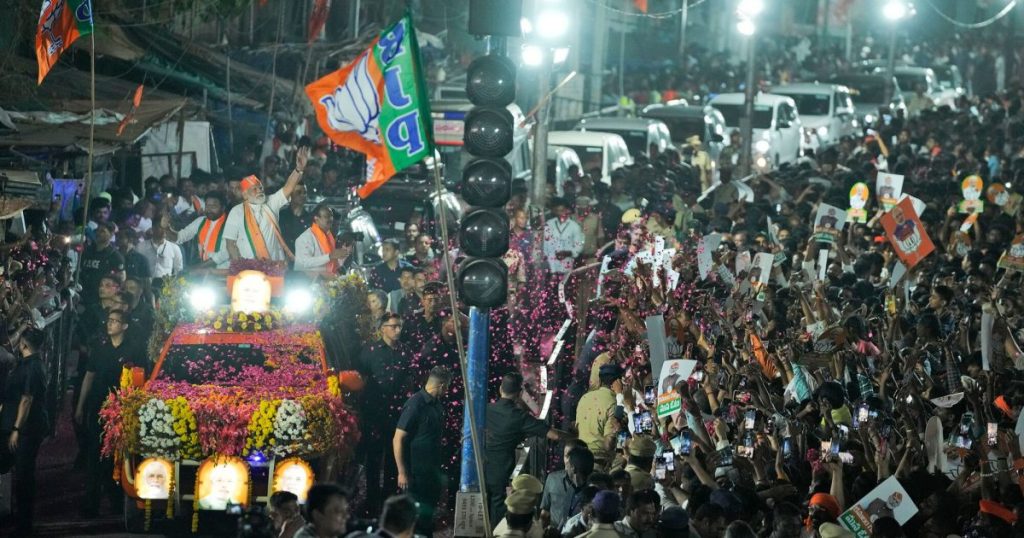
An impressive 968 million registered voters are ready to cast their ballots over a span of 47 days as India, the world’s most populous nation, embarks on what Western media is calling the largest election in the world.
India’s six-week election kicked off on Friday, with Prime Minister Narendra Modi from the Hindu nationalist party expected to secure a resounding victory.
Being a democratic country, each eligible voter across India’s 28 states and eight union territories has the opportunity to exercise their voting right. This election is being documented as the most massive democratic endeavor ever.
India, renowned as the most populous country globally, is embarking on a substantial electoral process that spans over 45 days, demanding meticulous logistical planning.
Voting is done on a single day in smaller states and federally governed territories, while larger states witness voting spread over two or four days. In states with high populations like West Bengal, Uttar Pradesh, and Bihar, voting spans all seven phases.
The electoral process commenced with the first phase of voting on Friday, where 102 out of 543 constituencies of India’s lower house of Parliament, Lok Sabha, were decided—determining the allocation of all 543 seats.
India comprises 36 states and federally governed territories, each with its unique voting dynamics and considerations.
India boasts a vast electorate, with about 968 million individuals set to vote in the upcoming elections—six times more than the upcoming United States elections. This significant democratic process will decide the fate of 543 politicians elected to Lok Sabha, with an additional two members nominated, bringing the house’s strength to 545.
To manage this massive undertaking, 1.5 million polling booths and five million electronic voting machines have been deployed across the country.
The voter demographic is fairly balanced, with over 497 million male voters constituting more than 51% of the total, while 471 million female voters reflect a steady increase over the years.
India also witnesses substantial participation from its youth, with 18 million first-time voters in the 18–19 age group and 197.4 million in the 20–29 age group.
Unemployment ranks among the primary concerns of Indian youth, as reported in surveys by Forbes.
The 2019 general election witnessed a record turnout, with 67% of the 945 million eligible voters—amounting to nearly 615 million voters—casting their ballots.
Given the scale of this democratic exercise, India’s election expenditure is substantial, with over $8 billion reportedly spent in 2019, and an even larger expense expected this time.
The election commission in India has ampli…
